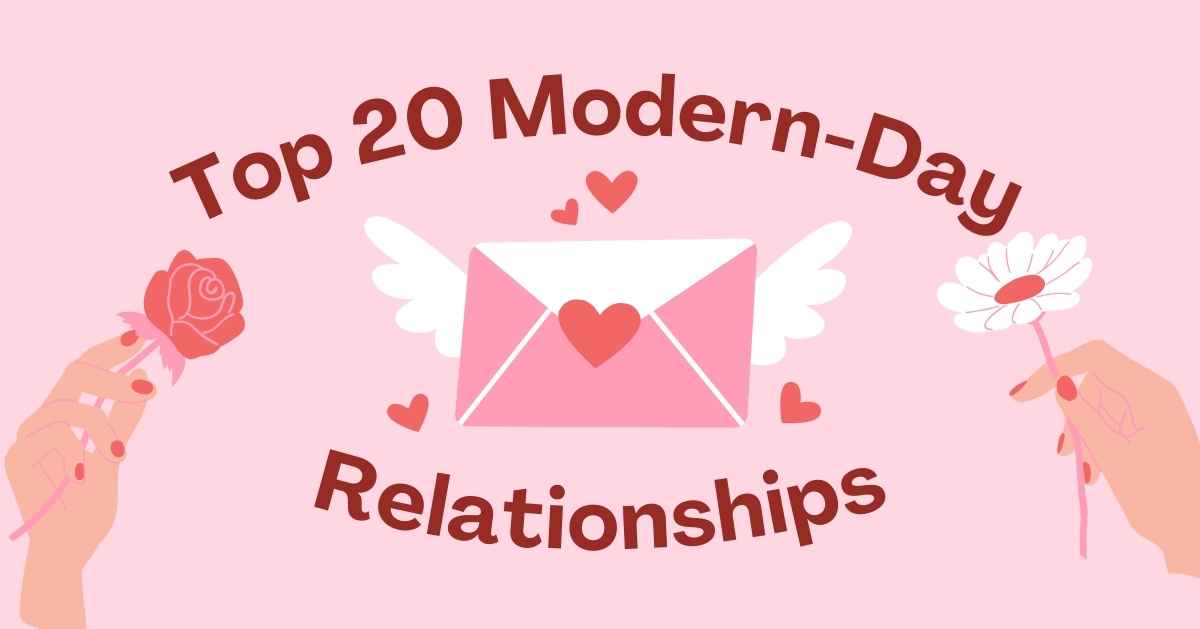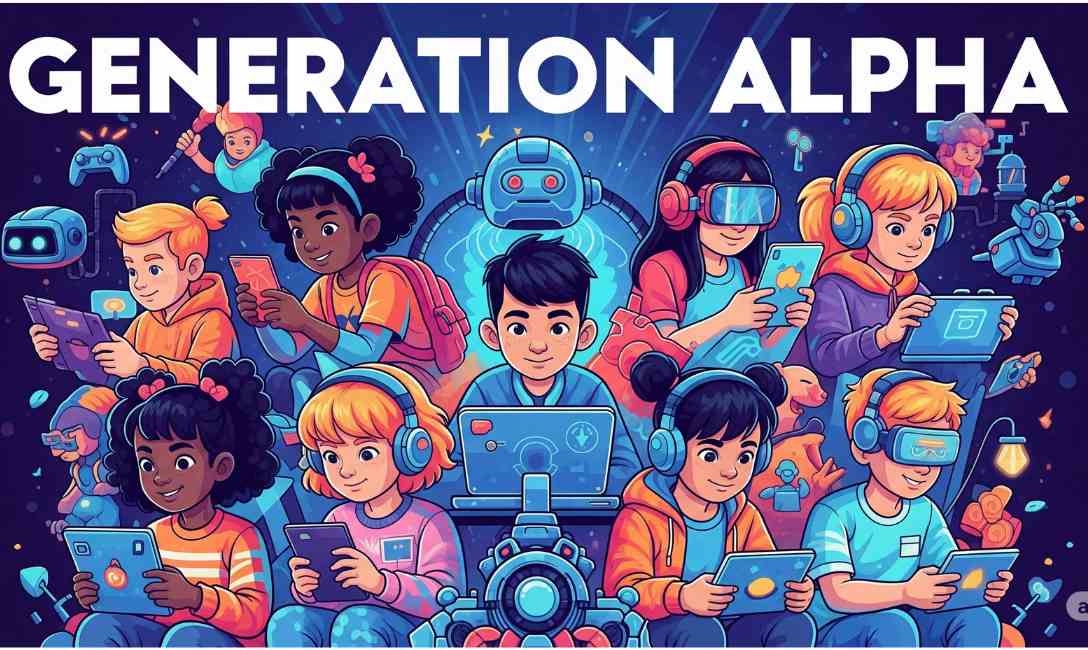Dating culture evolves as fast as the apps that power it. While our grandparents talked about “going steady,” today’s vocabulary spans from benching to zombie‑ing. Knowing the language makes it easier to set boundaries, spot red flags, and ask for the kind of connection you really want. Below are 20 of the most talked‑about relationship styles and behaviors shaping millennial and Gen Z romance.
1. Cuffing
What it is: Pairing up for the colder months so you have someone to binge shows with until spring.
Why it happens: Short days and holiday gatherings can amplify loneliness; “cuffing season” provides cozy companionship with a built‑in escape clause when the weather warms.
Watch‑outs: Be honest about expectations. If one partner secretly wants a long‑term commitment, the spring thaw can feel like a breakup.
Cuffing is a seasonal dating trend where people seek temporary relationships during the fall and winter months, mainly to avoid loneliness during holidays and cold weather. It’s more about comfort than long-term connection. The desire for warmth and companionship often fades as spring arrives, leading to breakups. The cuffing season usually lasts from October to February and may involve less emotional investment than traditional relationships.
2. Benching
What it is: Keeping someone on the metaphorical bench—texting just enough to maintain interest—while actively dating others.
Why it happens: FOMO and dating‑app abundance make it tempting to preserve “backup options.”
Watch‑outs: If plans never materialize or only surface when their first string cancels, you’re probably being benched.
Benching occurs when someone keeps you around as a romantic option without actively pursuing a relationship. You’re “benched” like a sports player—occasionally contacted, flirted with, or even asked out, but never prioritized. This leads to emotional confusion and unfulfilled expectations. The bencher typically does this while focusing on someone else or waiting for a better option. It’s passive stringing-along masked as casual interest.
3. Friends With Benefits (FWB)
What it is: A friendship that includes consensual, non‑exclusive sex without romantic commitment.
Why it works for some: Sexual compatibility, trust, and lower pressure than a traditional relationship.
Watch‑outs: Feelings can shift; establish a communication plan for when one person starts wanting more.
FWB relationships involve two people who are friends and also engage in a physical, sexual relationship without romantic or emotional commitment. These arrangements are built on mutual consent, but they require clear boundaries and communication to avoid emotional complications. Over time, one partner may develop deeper feelings, leading to confusion or heartbreak. FWBs can work if both parties remain honest and emotionally detached.
4. Situationship
What it is: More than casual hooking up, less than an official relationship. You act like partners but avoid the labels.
Why it happens: Convenience, uncertainty, or fear of commitment.
Watch‑outs: Undefined status can breed anxiety. If ambiguity feels stressful rather than freeing, request clarity.
A situationship is an undefined romantic or sexual relationship that lacks clear commitment. You’re more than friends but not quite in a real relationship. There’s physical intimacy and emotional connection, but no label. Often, one person wants more while the other avoids defining things. Situationships can lead to frustration due to lack of clarity, especially when one partner seeks exclusivity or long-term commitment.
5. Slow Dating
What it is: Intentionally limiting matches and meeting less frequently to build deeper connections.
Why it’s rising: Digital fatigue and post‑pandemic desire for meaningful bonds.
Watch‑outs: Moving slowly shouldn’t mean stagnation; keep checking that both partners are invested.
Slow dating is a mindful dating approach where people invest time in getting to know each other deeply before diving into commitment or intimacy. It emphasizes emotional compatibility, meaningful conversations, and fewer but more intentional dates. It contrasts the fast-paced dating app culture and encourages patience, reflection, and deeper emotional connections. It’s ideal for people seeking long-term relationships rather than casual flings.
6. Ghosting
What it is: One party ends all communication without explanation.
The psychology behind it: Conflict avoidance, overwhelm, or simple discourtesy.
Watch‑outs: Being ghosted can dent self‑esteem; remember it says more about the ghost’s limits than your worth.
Ghosting happens when someone suddenly cuts off all contact—without warning or explanation—after dates or conversations. Calls go unanswered, texts are ignored, and social media is silent. It’s emotionally distressing because it denies closure. Ghosting is often used to avoid confrontation, but it’s widely seen as disrespectful and immature. It can deeply hurt the person being ghosted, leaving them confused and rejected.
7. Zombie‑ing
What it is: A ghost re‑appears months later—often with a casual “hey stranger.”
Why it happens: Boredom, nostalgia, or algorithmic resurfacing on apps/social media.
Watch‑outs: Without accountability for the original disappearing act, patterns tend to repeat.
Zombie-ing is when someone who ghosted you reappears unexpectedly, often acting like nothing happened. They may text casually, comment on your posts, or ask to meet again. Unlike an apology, zombie-ing is usually a selfish attempt to regain attention or test if they still have access to you emotionally. It can be emotionally manipulative and is usually best avoided unless they show genuine remorse.
8. Orbiting
What it is: Someone stops direct contact but continues to engage with your online presence—liking Stories or tweets.
Why it stings: It prevents clean emotional closure.
Watch‑outs: Muting or unfollowing can reclaim your headspace.
Orbiting is when someone ends direct communication but still stays in your online world—liking your posts, viewing stories, or occasionally reacting. They’re not involved in your life but also not fully gone. It’s confusing because their digital presence feels like emotional breadcrumb. Orbiting creates false hope and emotional dependency, especially when you’re trying to move on. It’s a modern, passive-aggressive way of lingering.
9. Cookie‑Jarring
What it is: Dating someone “good enough” to avoid being single while searching for a preferred partner.
Signals: Future talk stays vague; big life events happen without your inclusion.
Watch‑outs: If conversations feel transactional, you might be the cookie in their jar.
Cookie-jarring is when someone treats you as a backup plan while actively pursuing another romantic interest. They give you just enough attention to keep you around but never commit. You’re like the “cookie jar” they dip into when things aren’t going well elsewhere. This behavior is dishonest and emotionally unfair, often leaving the cookie-jarred person feeling used, insecure, or unsure of their value.
10. Love Bombing
What it is: Over‑the‑top affection and gifts early on to gain rapid commitment.
Risk factor: Common in narcissistic abuse cycles—grand gestures can flip to devaluation once control is secured.
Watch‑outs: Healthy intimacy builds consistently, not explosively.
Love bombing involves overwhelming someone with attention, compliments, gifts, and intense affection early in a relationship. It’s often a manipulation tactic to gain control, especially used by narcissists. At first, it feels like a fairy tale, but once the other person is emotionally invested, the bomber may withdraw, become controlling, or abusive. True love builds slowly—love bombing is fast, flashy, and often fake.
11. Polyamory
What it is: Consensual, ethical, emotionally intimate relationships with multiple partners.
Core practices: Radical honesty, jealousy‑management tools, and negotiated boundaries.
Watch‑outs: Time management and transparent communication are non‑negotiable.
Polyamory is the practice of engaging in multiple consensual, loving relationships at the same time. Unlike cheating, everyone involved knows and agrees to the arrangement. It’s rooted in trust, communication, and emotional transparency. Polyamorous relationships vary: some have one primary partner, while others are equal among all partners. It challenges traditional monogamy, but when done ethically, it allows for diverse emotional and sexual connections.
12. Open Relationship
What it is: A committed couple allowing sexual (rarely romantic) encounters with others.
Difference from polyamory: Typically centers on one primary partnership.
Watch‑outs: Detailed agreements on safer sex, disclosure, and emotional limits prevent resentment.
An open relationship is a monogamous couple that mutually agrees to allow sexual experiences outside their primary bond. It requires strict boundaries, transparency, and emotional maturity. The core romantic and emotional connection remains intact. Open relationships can reduce pressure, enhance individual freedom, and offer variety. However, jealousy and boundary-crossing can occur if communication isn’t constant and clear.
13. Monogamish
What it is: Mostly monogamous with occasional, mutually agreed exceptions—often encountered on trips or special events.
Why it appeals: Partners keep long‑term security while scratching novelty itch together.
Watch‑outs: Vagueness breeds hurt; spell out the “ish.”
Coined by writer Dan Savage, “monogamish” refers to mostly monogamous couples who occasionally explore sexual experiences with others. It differs from open relationships by being more casual and rare. Couples set flexible rules to maintain their emotional bond while allowing occasional exceptions. It’s a middle ground between strict monogamy and full non-monogamy, and it thrives on honesty and mutual respect.
14. Paperclipping
What it is: A past date pops up intermittently just to remind you they exist, with no real intention of meeting.
Name origin: Microsoft Office’s Clippy re‑appearing uninvited.
Watch‑outs: If the conversation never advances, consider it emotional spam.
Paperclipping is when someone from your past randomly checks in—not to reconnect seriously, but just to reinsert themselves into your emotional space. Like a paperclip holding loose pages, they keep a weak attachment for future use. They might send a random “hey” text or like an old post. The intention isn’t genuine reconnection—it’s more about keeping you on their radar for ego or comfort.
15. Pocketing
What it is: One partner hides the other from friends, family, or socials.
Possible reasons: Fear of commitment, secret partner, or cultural/family pressure.
Watch‑outs: Everyone has pacing preferences, but prolonged secrecy signals deeper issues.
Pocketing occurs when someone hides their partner from friends, family, and the public. They might avoid introducing you to their inner circle or featuring you on social media. It creates suspicion, especially if the relationship has gone on for a while. The reasons may vary—fear of judgment, embarrassment, or not being serious about the relationship. Pocketing often signals a lack of transparency or deeper issues.
16. Stashing
What it is: Even more extreme pocketing—there are zero traces of you online or offline in their life narrative.
Watch‑outs: Ask yourself whether you’re willing to be invisible indefinitely.
Stashing is a more extreme form of pocketing where your partner doesn’t acknowledge your existence at all—online or offline. No photos, no mutual friends, no social tags. It’s like being hidden in a drawer. This behavior often means the person is either ashamed, noncommittal, or already involved with someone else. It’s a serious red flag that suggests emotional avoidance or deceit.
17. Micro‑Cheating
What it is: Seemingly small behaviors—flirty DMs, hidden dating apps—that skirt the edges of fidelity.
Perspective: For some, any secrecy counts as cheating; for others, lines are looser.
Watch‑outs: Define cheat boundaries early; assumptions differ.
Micro-cheating refers to subtle, often overlooked behaviors that suggest emotional or romantic interest in someone else. Examples include hiding DMs, flirting online, saving a dating app, or maintaining secret friendships. While not always physical, these behaviors breach trust and can damage relationships. Micro-cheating is a gray area that varies by individual boundaries—but when secrecy is involved, it’s usually a sign of disloyalty.
18. Conscious Uncoupling
What it is: Mindful, often therapeutic approach to ending a relationship with dignity and minimal collateral damage (popularized by Gwyneth Paltrow).
Why it matters: Breakups can be growth experiences rather than scorched earth.
Watch‑outs: Requires maturity on both sides; otherwise it can devolve into classic conflict.
Popularized by Gwyneth Paltrow, conscious uncoupling is a mature, respectful approach to ending a relationship. Instead of blame and bitterness, both individuals agree to separate with understanding and compassion. The focus is on personal growth, emotional healing, and preserving mutual respect—especially useful when children or long histories are involved. It transforms breakups into opportunities for self-awareness rather than emotional trauma.
19. Throuple
What it is: A committed romantic trio, each person dating the other two.
Complexities: Triangular dynamics double the usual couple challenges—scheduling, jealousy, and equitable attention.
Watch‑outs: Contracts or shared calendars help keep the triad balanced.
A throuple is a romantic relationship involving three people, all emotionally and/or physically connected. It can be equal among all three or have varying dynamics. Throuples require open communication, equality, and emotional intelligence to work. Jealousy, boundary-setting, and societal judgment can pose challenges. But when built on trust and love, throuples can offer deeper intimacy and support than traditional pairings.
20. Digital‑First Relationships
What it is: Couples who meet and primarily interact through online platforms (video calls, VR hangouts) before substantial in‑person time.
Why it’s booming: Globalization, remote work, and advanced virtual spaces.
Watch‑outs: Verify identity, set meeting timelines, and prepare for the chemistry shift when pixels become presence.
Digital-first relationships begin and thrive through online platforms like dating apps, video calls, or messaging. These relationships often develop emotional intimacy before any physical meeting. Especially common in long-distance or pandemic-era dating, they rely on strong communication and trust. While technology bridges the gap, digital-first couples may face unique challenges in transitioning to in-person dynamics.
Navigating the New Landscape
- Communication Is Currency – Whether you’re exploring FWB or polyamory, explicit dialogue about needs, boundaries, and exit strategies is non‑negotiable.
- Label Aversion vs. Clarity – Many modern terms spring from a reluctance to define. Lack of labels can feel freeing, but it can also mask avoidance. Choose clarity if ambiguity breeds anxiety.
- Digital Hygiene – Ghosting, orbiting, and zombie‑ing thrive where blocking tools aren’t used. Curate your feeds to protect mental health.
- Self‑Awareness Over Trends – It’s tempting to adopt whichever model friends rave about, yet fulfillment depends on alignment with your values, attachment style, and life goals.
- Consent Beyond the Bedroom – Agreeing on public visibility (pocketing), frequency of contact (benching), or exclusivity (monogamish) are equally consent‑driven decisions.
Final Thought
Modern love is less about fitting into predetermined molds and more about co‑authoring the rules with whomever you date. Understanding the lexicon—from cuffing’s cozy contracts to the expansive possibility of polyamory—empowers you to articulate what you want and recognize what you don’t. Armed with vocabulary and self‑knowledge, you can steer your relationships deliberately, rather than being a passive passenger on someone else’s ride.




